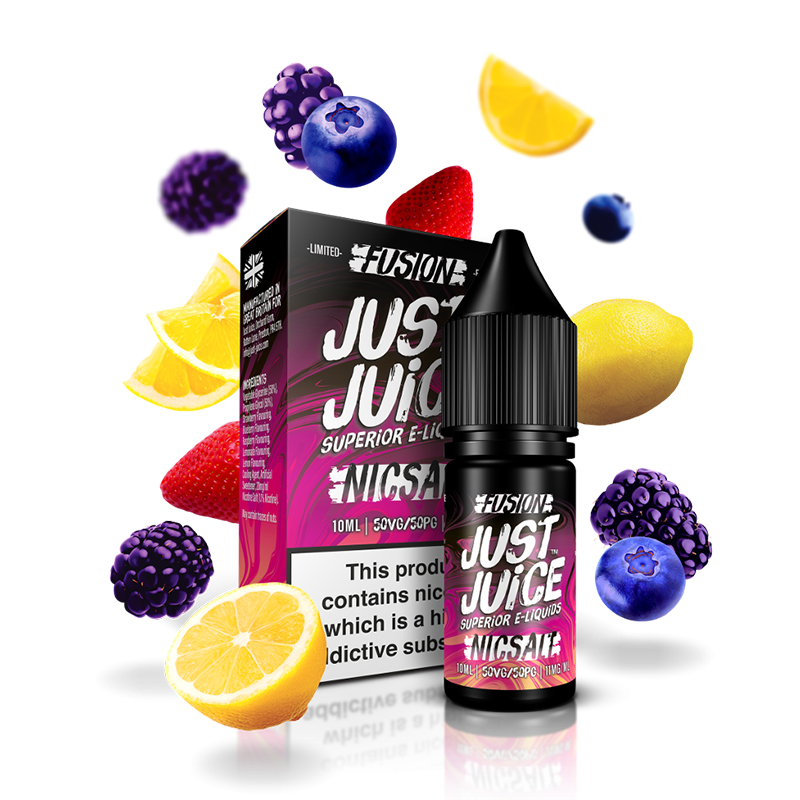
Understanding PG & VG in Nicotine Vape Juice: A Comprehensive Guide
Vape enthusiasts encounter a multitude of options when it comes to e-liquids or vape juices, with an essential aspect being the composition of these liquids.
Flavored Vape Juice, heated in e-cigarettes and vape rigs, produces an inhalable aerosol, offering users a diverse range of flavors. However, it’s crucial to delve into the components of flavored flavored vape juice and its potential impact on health, particularly for adolescents, as discussed by Johns Hopkins cardiologist Michael Blaha, M.D., M.P.H.
While flavor is a prominent aspect of flavored vape juice, it constitutes only one element. Nicotine, along with numerous additives and chemicals, forms part of flavored vape juices, raising concerns about the unpredictable array of ingredients. Blaha emphasizes the lack of consistent standards, especially for vape shops, online vendors, or homemade blends, leading to a wide variety of potentially toxic concoctions. Even the heating process introduces new substances and trace metals into the aerosol, posing additional health risks.
The safety of flavored vape juice remains a contentious issue. Certain additives found in flavored vape juice, such as vitamin E acetate, have been linked to severe health issues, including EVALI (e-cigarette or vaping product use associated lung injury). Blaha stresses the danger of inhaling substances that are safe to ingest but harmful when inhaled. Limited evidence exists regarding the individual dangers of vape juice flavors, but research suggests that when combined with other ingredients and heated, they may create harmful compounds.
Blaha expresses particular concern about the rising prevalence of e-cigarette use and vaping among young people who have never smoked. The addictive nature of nicotine in vaping devices, coupled with the appeal of flavors, raises worries about the potential long-term consequences. While some adults find flavored vape products helpful in smoking cessation, Blaha emphasizes the risk of young individuals becoming addicted to nicotine due to the allure of appealing flavors.
Flavors, more than the ingredients themselves, seem to attract young users. Evidence suggests that flavors like bubble gum, fruit, and candy make vaping appealing to young people. Blaha underscores the need for further research to determine the overall harm from vaping, but the existing evidence is clear: homemade or unregulated flavored vape juices can introduce unknown and potentially harmful substances into users’ lungs.
Given the significant health impact of smoking, Blaha encourages individuals to discuss all nicotine use and tobacco cessation options with a healthcare professional.
Find the newest trends and common knowledge in e-liquids business from our blog.

Vape enthusiasts encounter a multitude of options when it comes to e-liquids or vape juices, with an essential aspect being the composition of these liquids.
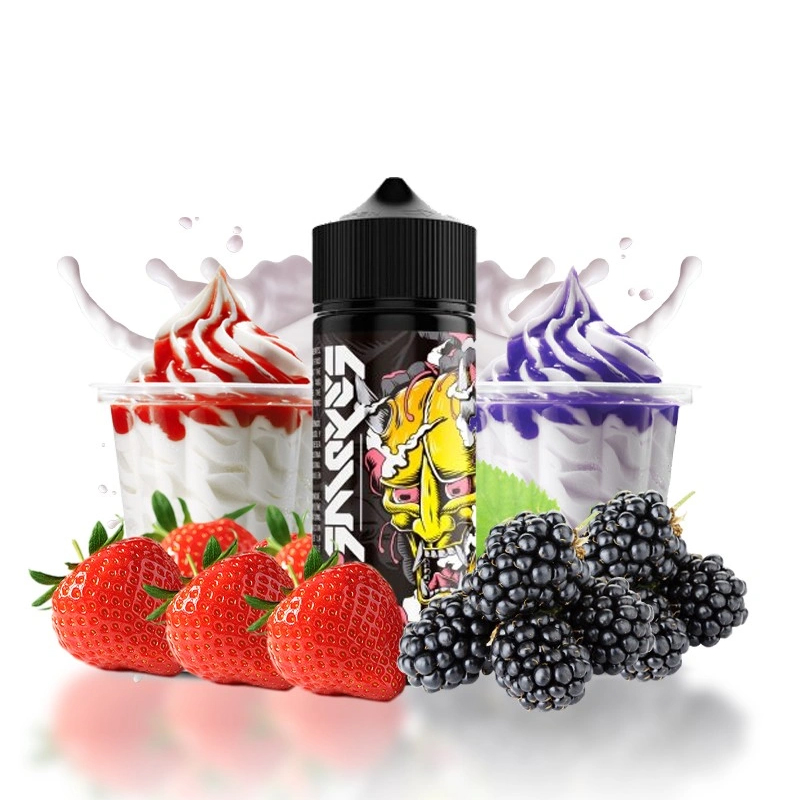
When exploring vape stores or perusing online vape websites, the plethora of vibrant pods, cartridges, and bottles filled with flavored vape juice, commonly known as
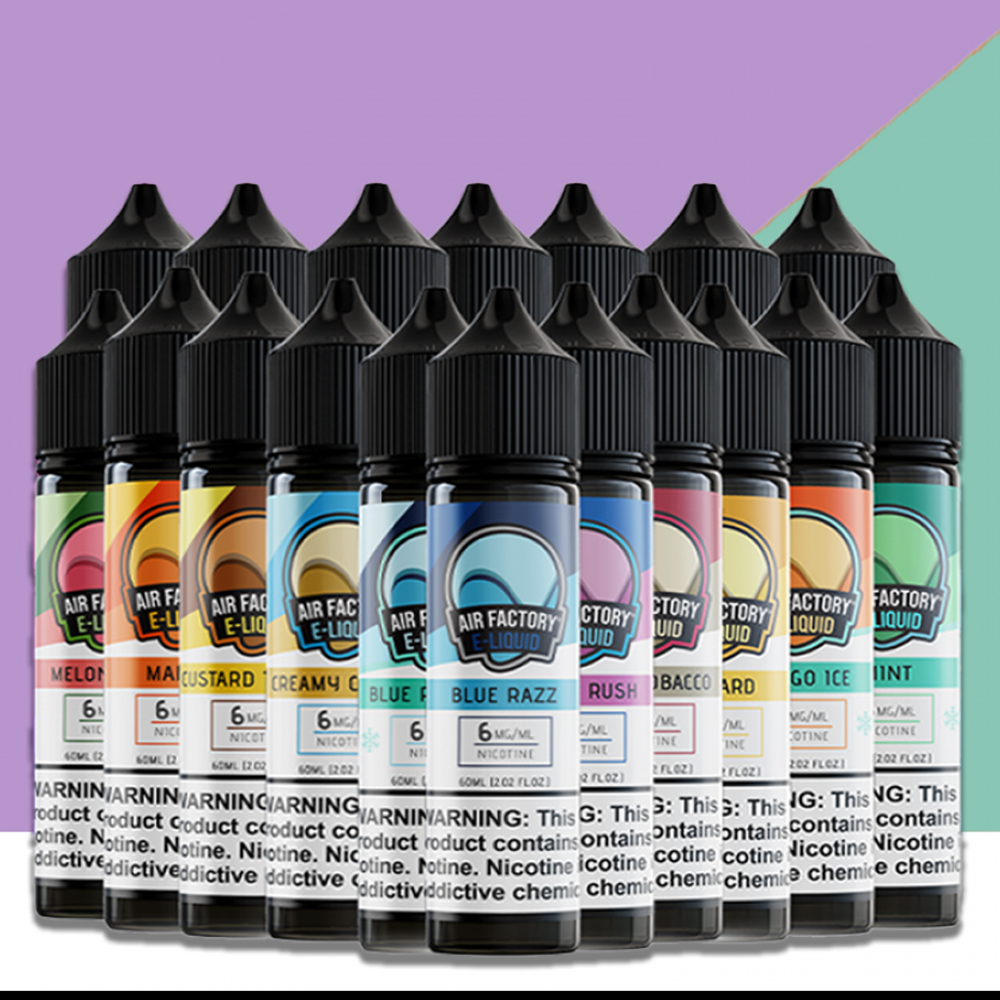
If you’ve recently acquired your first vape kit or are on the brink of doing so, the prospect of choosing vape juice can seem overwhelming
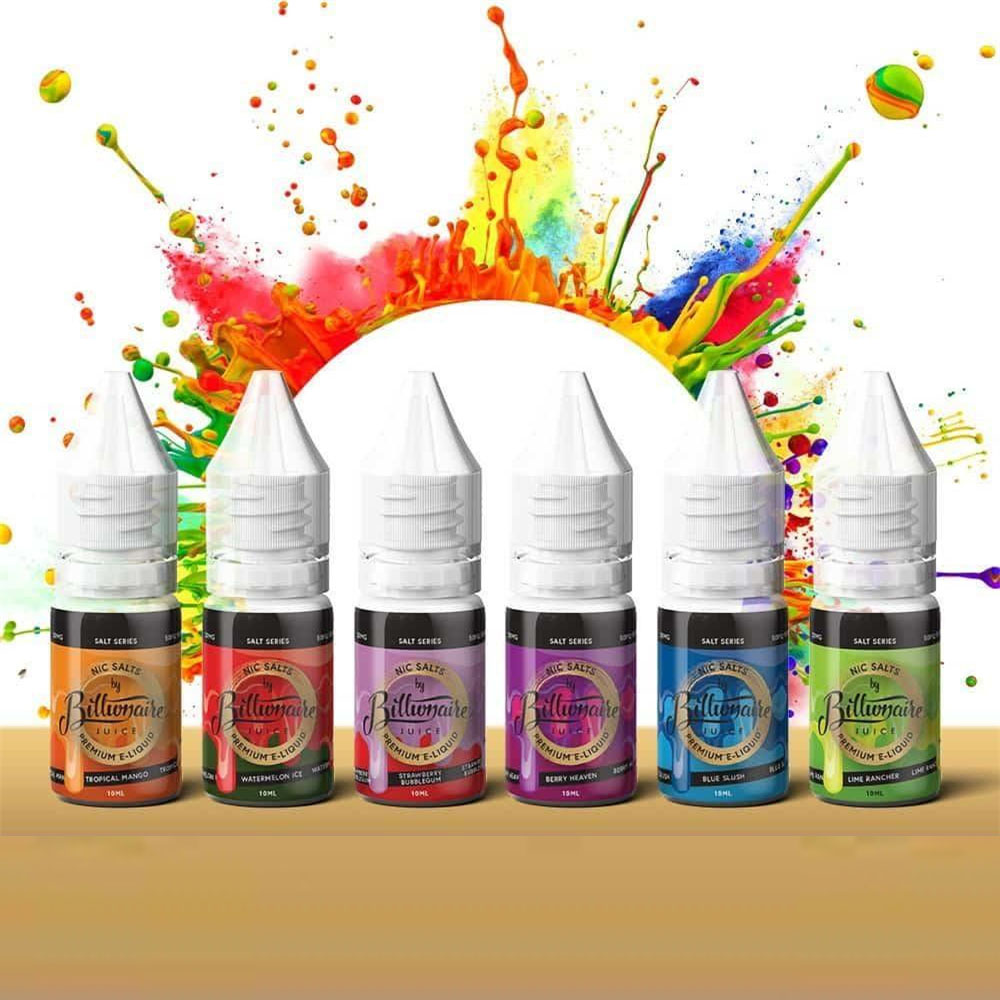
Whether you’re a vaping novice or a seasoned enthusiast, understanding the intricacies of vapes juice is essential to enhance your overall vaping experience.
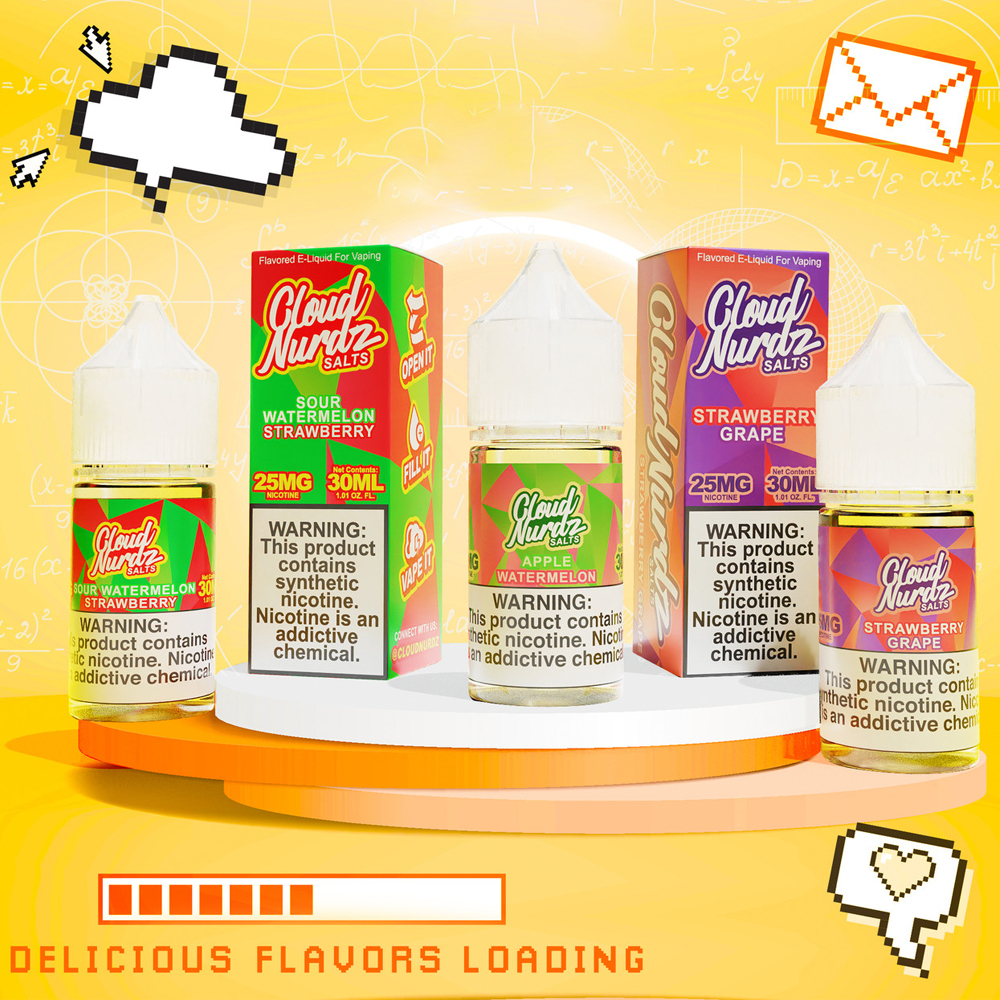
Ready to elevate your vaping experience? Vaping sans nicotine isn’t just about transitioning from traditional smoking—it opens up a world of advantages.
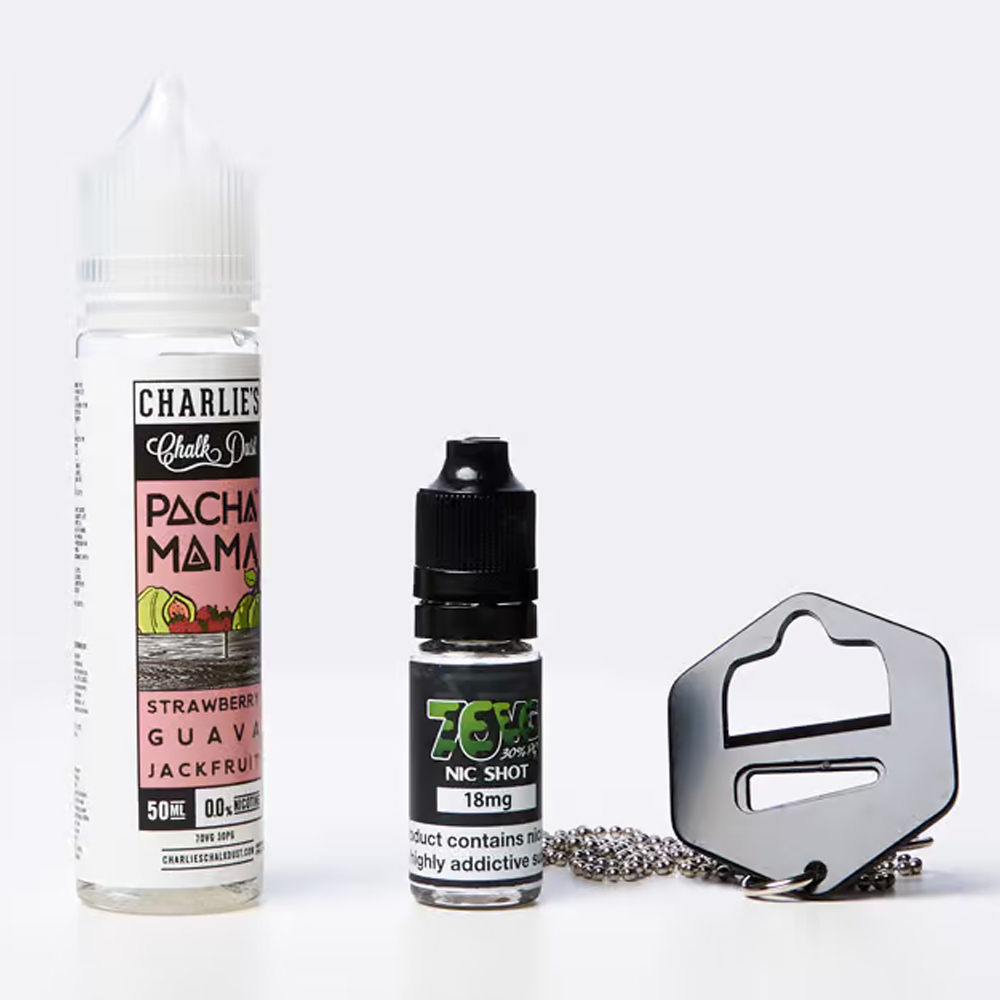
Since its inception in 2003, the e-cigarette has transformed from a cessation tool to a cultural phenomenon. Over the past two decades, the evolution of
No. 194, Chongqing Road, Zhancheng, Fuhai Street, Bao'an District, Shenzhen